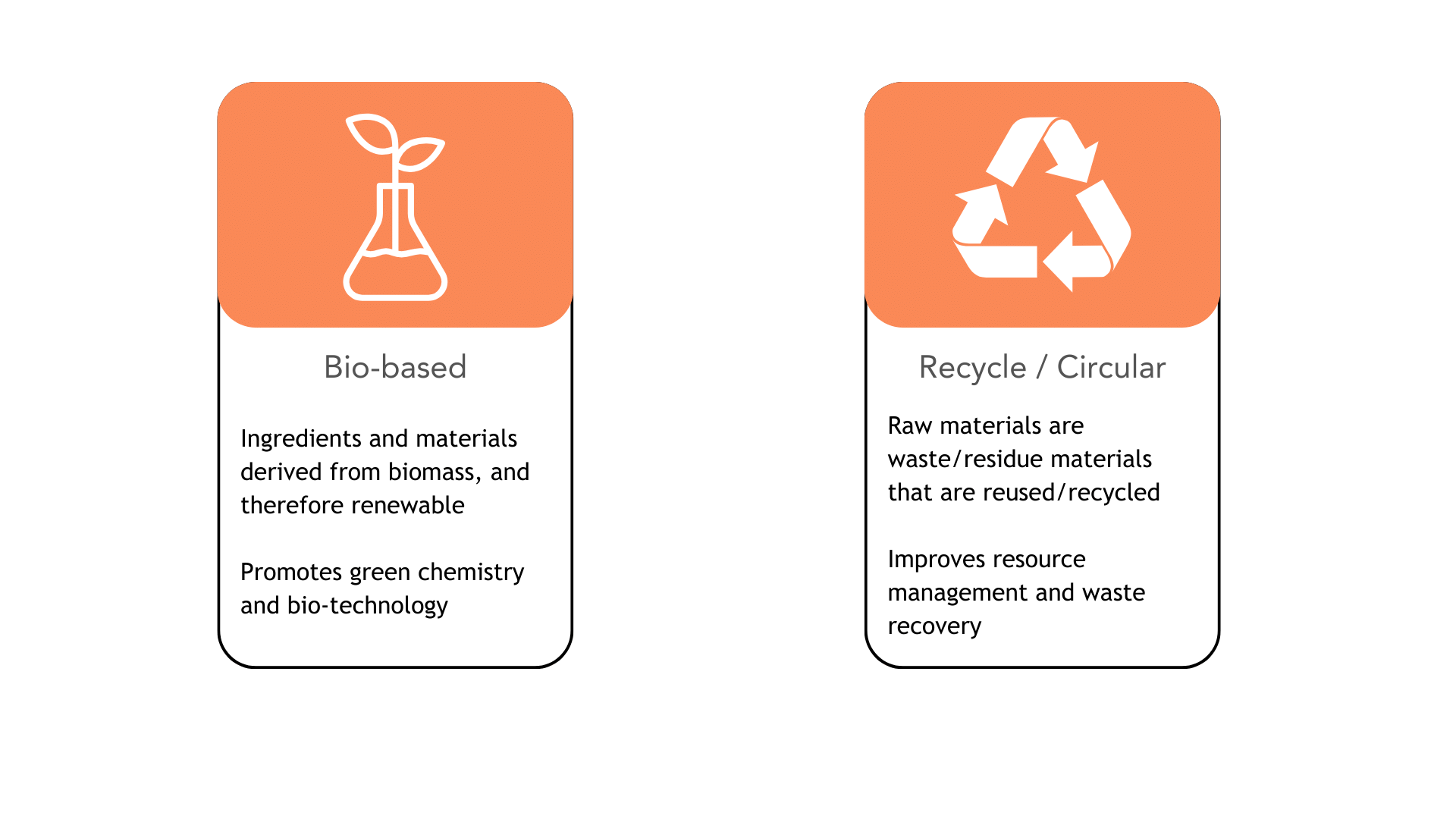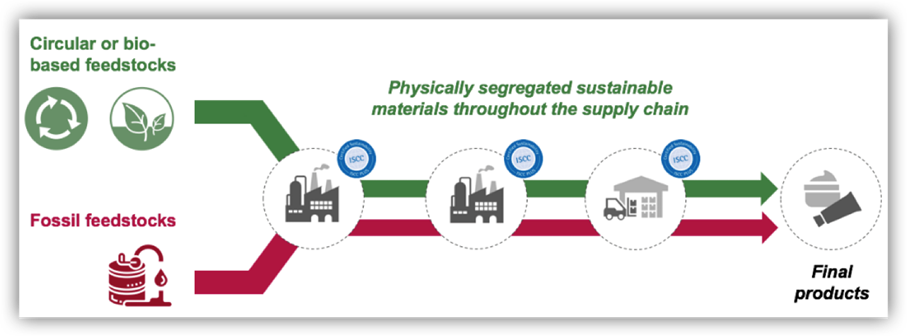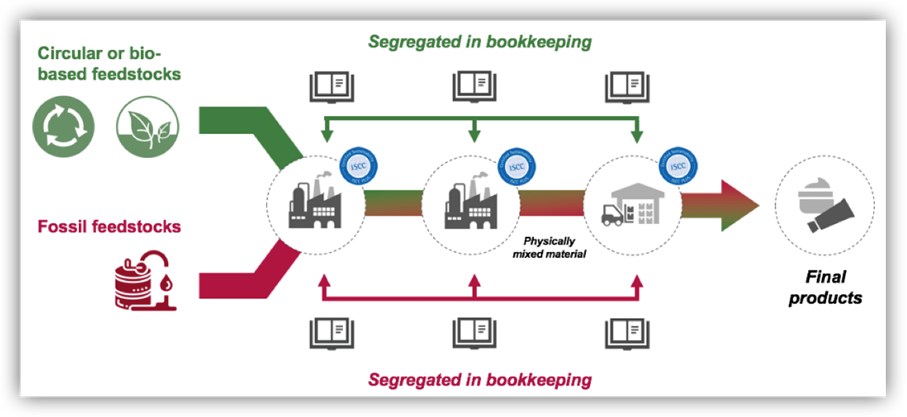Driving Sustainability-Advantaged Solutions in Rubber Compounding

Discover how we are driving sustainability-advantaged solutions in rubber compounding. Explore our Environmental, Social, and Governance (ESG) strategy and learn about the efforts to create and distribute more sustainable raw materials. Join the journey of innovation and sustainability intersecting in the rubber market.
In the dynamic world of rubber market innovations, the French Association, @aficep, stands out for its biannual technical days focused on specific topics. These events serve as invaluable platforms for industry players to showcase new products, processes, developments, and technologies.
Recently, the spotlight was on "Novelties in Elastomers and Regulations" during one such technical day. It was an occasion that prompted Safic-Alcan to step forward as a speaker for the first time.
The aim was to present our Environmental, Social, and Governance (ESG) strategy through the lens of a sustainability-advantaged compound.
In this article, we're excited to delve into two key aspects. Firstly, we'll introduce our ESG strategy, highlighting our commitment to sustainability. Then, we'll embark on a detailed analysis and comparison, contrasting a fossil-based compound with a sustainability-advantaged counterpart.
Join us on this journey as we explore the intersection of innovation, sustainability, and the rubber market.
The Durable Link: Safic-Alcan ESG's strategy
As a responsible distributor within the chemical industry value chain, we play a crucial role. We serve as the durable link between our principals and customers, embodying a commitment to anticipate, understand, and support new technologies, regulations, trends, and consumer expectations. This proactive approach is pivotal in developing innovative and sustainable solutions.
Central to our Environmental, Social, and Governance (ESG) strategy is the development of a sustainability-advantaged product portfolio. By focusing on this first pillar, we aim to not only enhance sustainability within our operations but also contribute positively to the other pillars of our ESG framework. Let's explore how this commitment shapes our approach and impacts our stakeholders.

Materials and Manufacturing
Creating sustainable specialty chemicals requires a comprehensive approach that looks at the substance's entire lifecycle. First and foremost, it begins at the material level. This entails optimizing the manufacturing process to achieve energy savings, reduce CO2 emissions, minimize water consumption, and implement effective waste management practices.
Additionally, careful selection of raw materials is imperative, considering factors such as origin, carbon footprint impact, recyclability, availability, and environmental and health considerations. Moreover, ensuring the safe usage of substances and optimizing packaging and transportation further contribute to sustainability efforts.
Another avenue through which raw materials can directly bolster sustainability is through the advantages they offer when utilized. For instance, they can facilitate the eco-design of finished goods by enabling lighter end-products, reducing volatile organic compound (VOC) and greenhouse gas emissions, enhancing the recyclability of compounds, and enabling the adoption of technological breakthroughs in finished goods, such as renewable energy alternatives.
By fostering collaboration and considering sustainability at every stage, we can collectively drive positive change within our industry and beyond

Focusing on Sustainable Raw Materials
In the following lines, we will focus on the raw materials themselves. For our company, choosing a sustainable product is based on 3 criteria:
- Use of Sustainable Raw Materials: Whether bio-sourced or recycled, our choice is based on all available certifications/compliance, ensuring the use of sustainable materials.
- Product Development: We prioritize safe raw materials to enhance production efficiency and reduce VOC emissions.
- End-of-Life Considerations: Emphasizing the importance of a product's entire life cycle, not just its raw materials, reflects our commitment to sustainability.
To address the growing scarcity of fossil raw materials, we explore several alternative solutions:
- Biomass or Renewable Materials: Including vegetable, agricultural, animal, marine, or forestry materials.
- Bio-circular Materials: Utilizing waste of biological origin or raw materials from mechanical or chemical recycling.

However, traceability remains paramount. Certification programs such as ISCC+ play a pivotal role in ensuring sustainability. ISCC+ aims to establish an international, viable, and transparent system for biomass and bioenergy certification.
It offers various benefits including greenhouse gas emissions reduction, sustainable land use promotion, traceability enhancement, natural biosphere protection, and social sustainability assurance.
Certification not only encourages producers to act responsibly but also helps customers distinguish between sustainable and unsustainable material offerings. ISCC+ provides two chain-of-custody approaches:
Physical Segregation: Materials are physically segregated throughout the supply chain.

- Mass Balance: Materials are mixed in production but segregated in accounting.

In France, our company is aiming towards obtaining ISCC+ certification by the first semester 2024.
Sustainable Rubber Portfolio
We also intended to analyze the carbon footprint between both compounds. However, several Life Cycle analyses were missing, hindering a comparison until further notice. Producers are actively working on calculating this, but it will take time.
Secondly, we initiated a technical study of our sustainability-advantaged rubber compound, conducted by @Elanova Education. Trials were conducted in one shot, without the opportunity for fine-tuning to improve results.
Our analysis revealed:
-
A slight loss in tensile and modulus with our sustainable-advantaged compound, but a better compression set.
-
Notably, even without fine-tuning, our sustainable compound met the specifications.
-
An even better retention of initial properties with our sustainable-advantaged compound compared to the standard one.
Conclusion
We are still at the outset of the journey toward sustainability:
-
We aim to provide our customers with a sustainable-advantaged portfolio for their rubber compounds.
-
We have demonstrated the feasibility of offering a comparable alternative to standard fossil-based compounds.
-
Our strategic position between customers and suppliers enables us to continually update our sustainable product range, ensuring a responsible approach throughout the entire lifecycle stage of ingredients.

